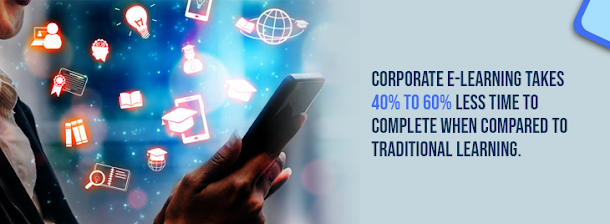What are the Benefits of Flash to HTML5 conversion?
Let's read the Benefits of Flash to HTML5 conversion
Compatible With Multiple Devices
Courses developed with HTML5 is accessed on any mobile device, anyplace and anytime, creating data out there at learners’ fingertips. A research report by world Market Insights says that the BYOD (Bring Your Own Device) market size would grow old to $367 billion by 2022 from a mere $30 billion in 2014. this suggests that before long most firms would be adopting the BYOD policy for his or her staff. It then becomes all the additional imperative for firms to convert them already out their Flash-based courses to HTML5 to confirm uninterrupted mobile learning in today’s quick world, that’s why every organization either it small, medium or large switching to Flash to HTML5 conversion services.
Compatible with Cross Browser
HTML5, being an open web standard, is compatible with the newest versions of browsers like Google Chrome, Safari, Internet Explorer, and Mozilla Firefox. Flash-based courses, after being converted to HTML5, can run on most browsers including those incompatible with Flash.
Make your e-learning solution faster and smooth.
Uninterrupted Learning Experiences
HTML5 allows accessing eLearning courses online and saving them for offline learning too – offering data storage features for uninterrupted learning experiences within the truest sense.
HTML5 doesn't have the problems of upper battery usage and longer time interval faced with Flash.
Converting lengthy Flash-based courses into microlearning modules in HTML5makes the content relevant in an avatar that's more fitted to modern learners within the current times.
No Plug-ins Needed
HTML5 doesn't need to believe third-party plug-ins because it uses an open-source terminology. Hence, it easily supports audio and video elements without the necessity for any extra plugins, enabling a smooth learning experience.
You can also take this chance of Flash to HTML conversion to update legacy courses. the newest authoring tools are often wont to include different interactivities and audio and video elements, thus making courses more engaging for mobile learning. as an example, HTML5 supports the adoption of gamification, game-based learning, social learning, and lots of other eLearning strategies much easier. It also makes learning-on-the-go through responsive design possible.
Conclusion
Flash’s impending end at the top of 2020 and therefore the ever-increasing popularity of mobile learning make the conversion of the Flash based courses to HTML5 a high priority for training managers. And because of the varied authoring tools, the conversion process has become much smoother.
Check out – Affordable e- learning solution || Training Video Creation



Comments
Post a Comment